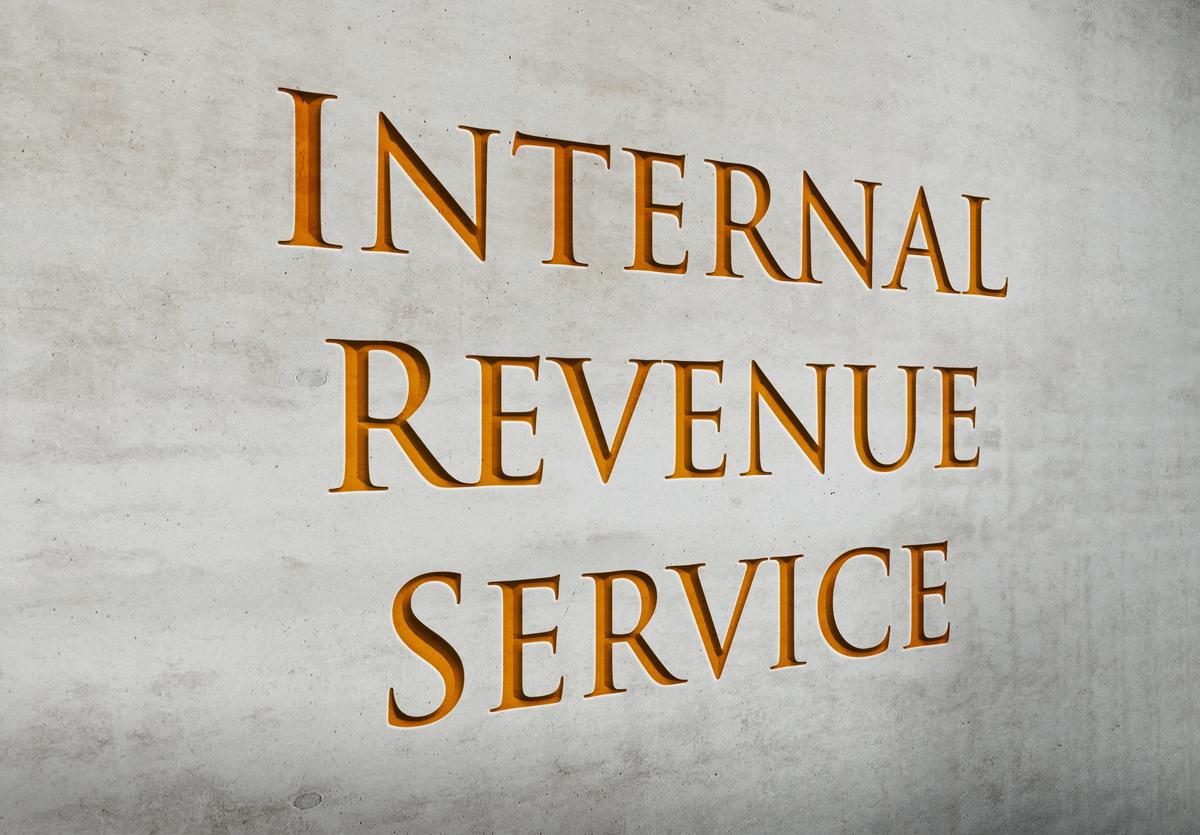For small businesses, time is money, and a new survey shows that processing customer payments directly through their bookkeeping or ERP system can save up to five minutes per transaction. That can really add up.
The results of a Sage Integrated Payments Study, conducted by analyst firm SMB Group, Inc. and commissioned by Sage North America, also reveals the current payment environment is complicated, fragmented and rapidly evolving.
“SMBs need to simplify their payments environment,” said Greg Hammermaster, president of Sage Payment Solutions, the payments division for Sage North America. “Today’s payments landscape is highly fragmented, with low levels of support and high levels of uncertainty. Payments technology is evolving, and sometimes it’s nothing more than packaging a very limited solution into a mobile app.
“However, more meaningful developments are in the back office, where integrating payments with accounting and CRM solutions is reducing real costs and improving audit positions, controls and visibility into a business’ cash flow. To attract more customers, gain new business and even enter new markets, businesses really need the ability to expand their payment options – from mobile payments and gift cards to virtual checks – and in a best-case scenario, with automated back-office integration.”
According to the Sage Integrated Payments Study, checks and credit/debit cards are the top payment methods accepted by SMBs – at 45.3 percent and 22 percent of all transactions, respectively – while ACH (Automated Clearing House) accounts for 11 percent. At 5.6 percent of all transactions, business cards are also increasing in prevalence.
The Sage Integrated Payments Study respondents identified new payment system capabilities they view as very or somewhat beneficial. The top three are:
- Viewing all payment transactions in real time by device and accessing all management reports in one place (73%).
- Using a single username and password for access to all payment systems (64%).
- Processing all payment types and connecting all payment devices (60%).
“As types of payments, payment devices and transaction volumes continue to multiply, manual re-entry into and reconciliation of payment information with accounting and ERP solutions becomes a time-consuming and error-prone process,” said Laurie McCabe, a partner with SMB Group. “Forward-thinking SMB decision makers are turning to integrated, flexible payment management solutions. By integrating payments with accounting/ERP systems and deploying a unified payment solution across different payment accounts, devices and applications, these businesses can reduce complexity, streamline processing and satisfy customers’ purchasing needs and expectations.”
The Sage Integrated Payments Study was designed, fielded and analyzed by SMB Group, Inc. on behalf of Sage Payment Solutions in October 2013. The study sample included 247 Sage Payment Solutions and Sage Accounting/ERP SMB customers using Sage integrated payment solutions. The study included two parts: the first based on qualitative customer discussions and entitled “Driving Business Growth and Efficiency with Integrated Payments,” and the second a quantitative research survey entitled “Adding Business Value with Integrated Payment Solutions,” which compared cost, time and productivity benefits gained by businesses using Sage integrated payments solutions and Sage Exchange. Respondents to the study consisted of 33 percent CFOs/controllers/account managers, 32 percent CEOs/owners/presidents, 25 percent office managers, 5 percent CIOs/CTOs/IT managers and 4 percent partners. The full findings of the Sage Integrated Payments Study can be found here and here.
Thanks for reading CPA Practice Advisor!
Subscribe Already registered? Log In
Need more information? Read the FAQs
Tags: Accounting, Auditing, Small Business, Technology

![gavel1_11537663[1]](https://www.cpapracticeadvisor.com/wp-content/uploads/2020/03/gavel1_11537663_1_.5e6a69aa237a8.png)

